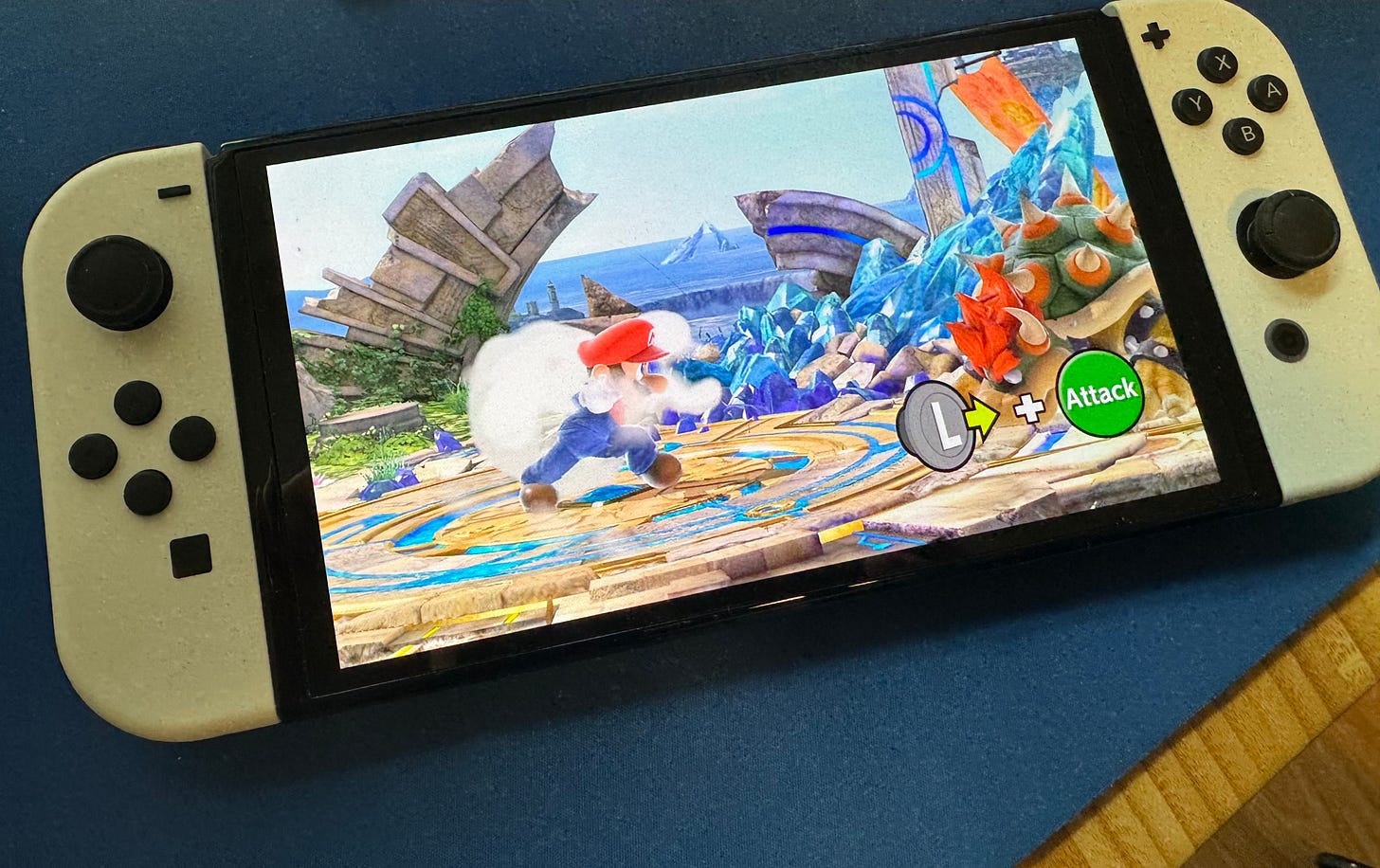History doesn’t say much as to when Nintendo will launch its new console
And why that's not great for my wallet.
I have $350 riding on the announcement of Nintendo’s next gaming console. Before you ask, I’m not much of a gambler. That’s in fact a quote I got for repairing an OLED Switch screen — the parts alone are the bulk of it.
There’s a glaring scratch right through the centre of mine. I’m not sure how it got there, I’m typically pretty careful. But it is what it is. And boy, does it piss me off.

So upon hearing the news that Nintendo’s next money-spinner could launch as late as early 2025, I’ve been off doing some mental calculus. Is it worth repairing it? Can I live another year with a damaged screen? It’s almost the same cost as outright replacing it!
The wrinkle here is that a distinct lack of first party titles (mainline Mario, Zelda games) being released this year suggests that an announc…
Keep reading with a 7-day free trial
Subscribe to Infinite Lives to keep reading this post and get 7 days of free access to the full post archives.

